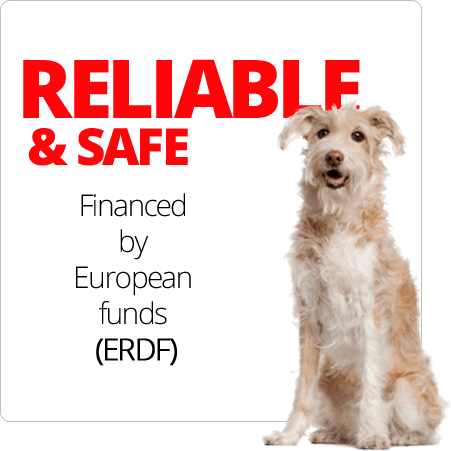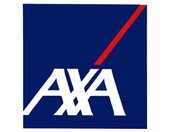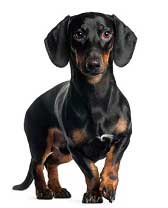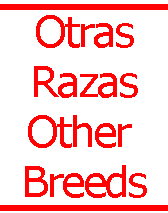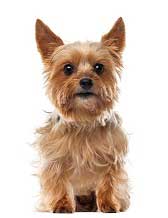The Belgian Malinois , also known as Belgian Malinois, is a breed of dog originally from Belgium that was used mainly as a working dog and guardian of flocks. The Belgian Shepherd has four varieties (Malinois, Groenendael, Laekenois and Tervuerense) and the Belgian Malinois got its name from the Belgian city of Mechelen.
During medieval times, these dogs were much more robust than the current ones because in addition to caring for sheep, they were in charge of driving away wolves, but from the seventeenth century the wolves were fleeced from the European continent and its morphology began to change.
The Belgian Malinois is the most active and tireless of all Belgian Shepherds. It is a very intelligent dog with a courage that is difficult to overcome. Its mental qualities make it a very easy dog to educate and train. He is also extremely faithful and affectionate with his relatives.
Hereditary diseases are not common in this breed, but they can suffer from hip or elbow dysplasia and progressive retinal atrophy (PRA).
Ask for a free quote at Petplan from 256 euros per year








.png)
.png)





